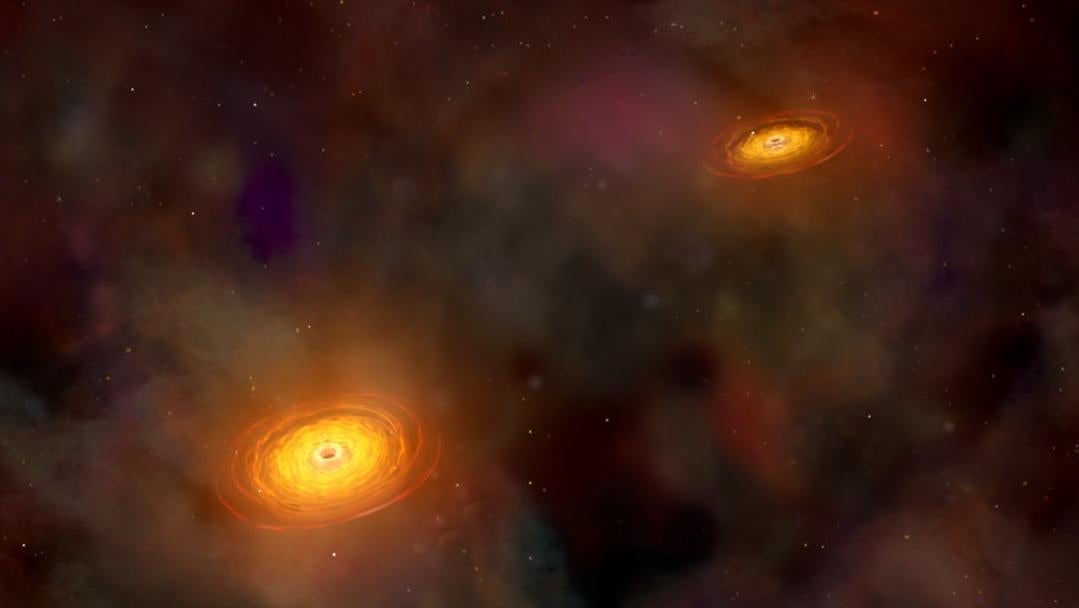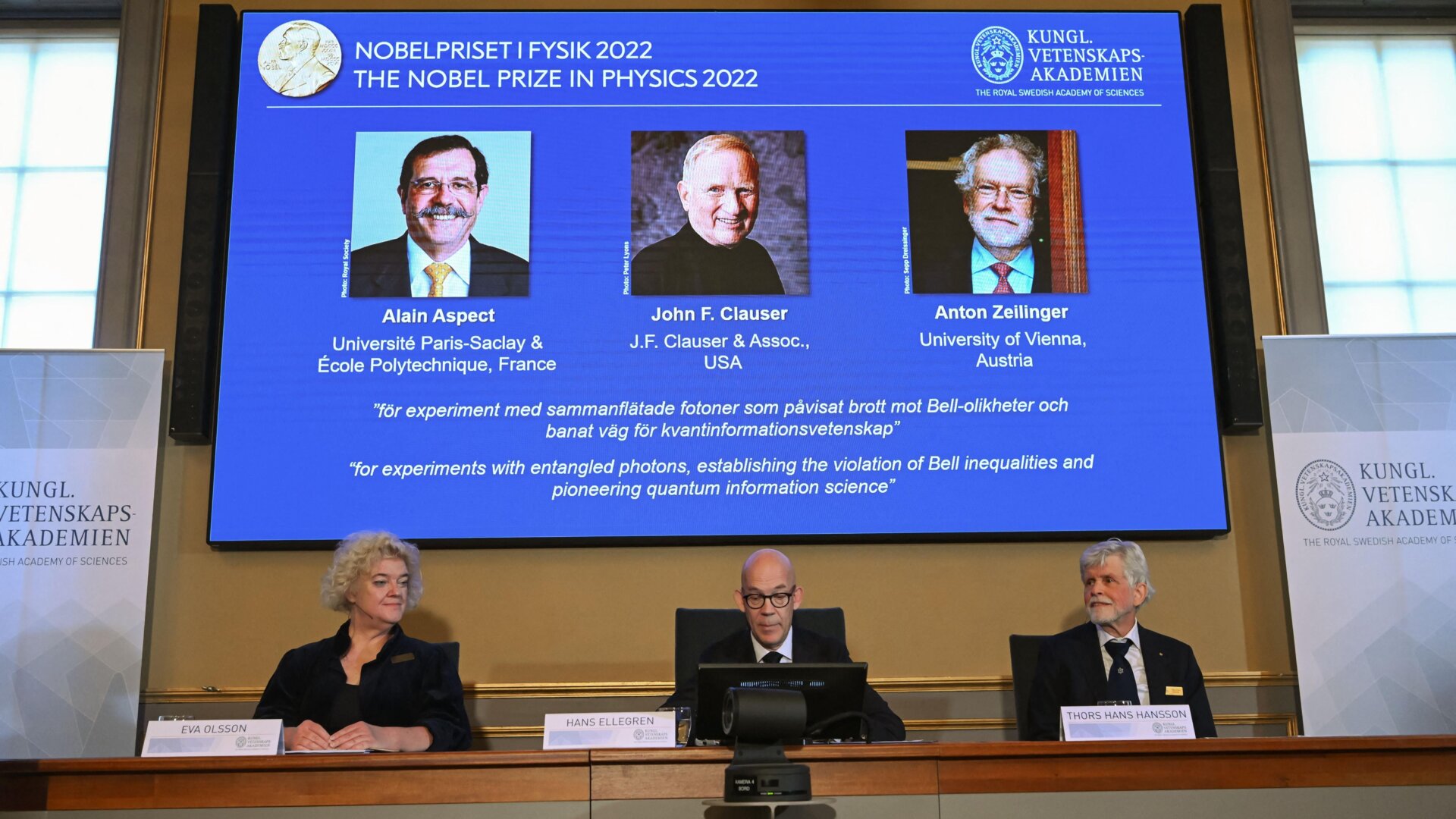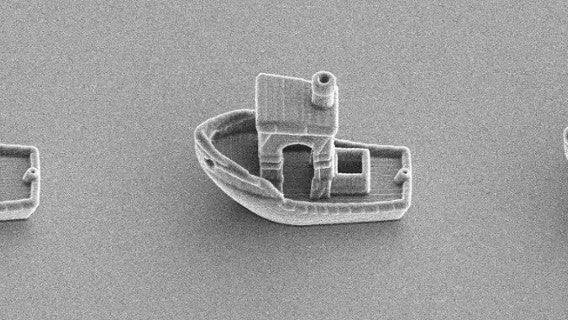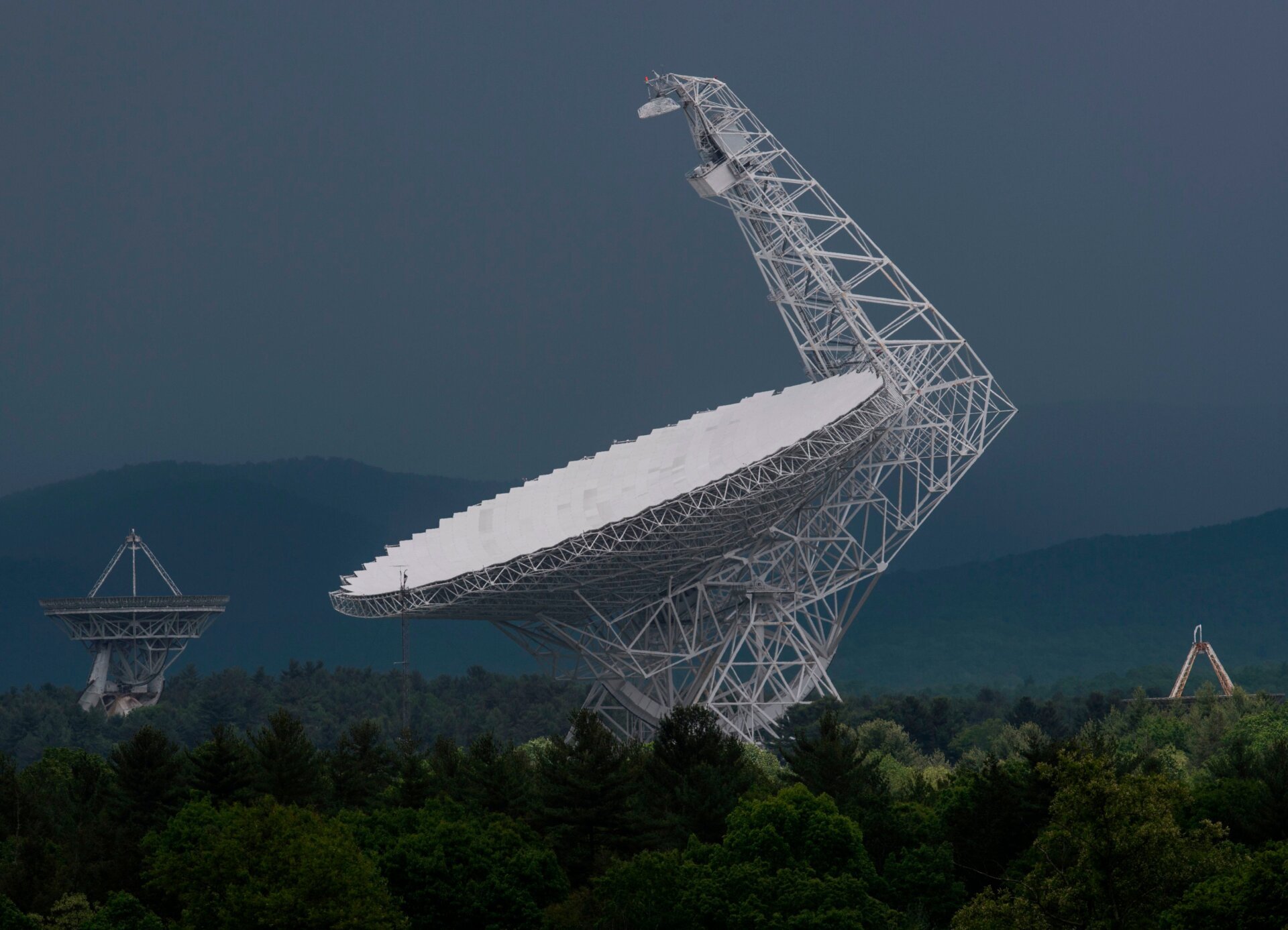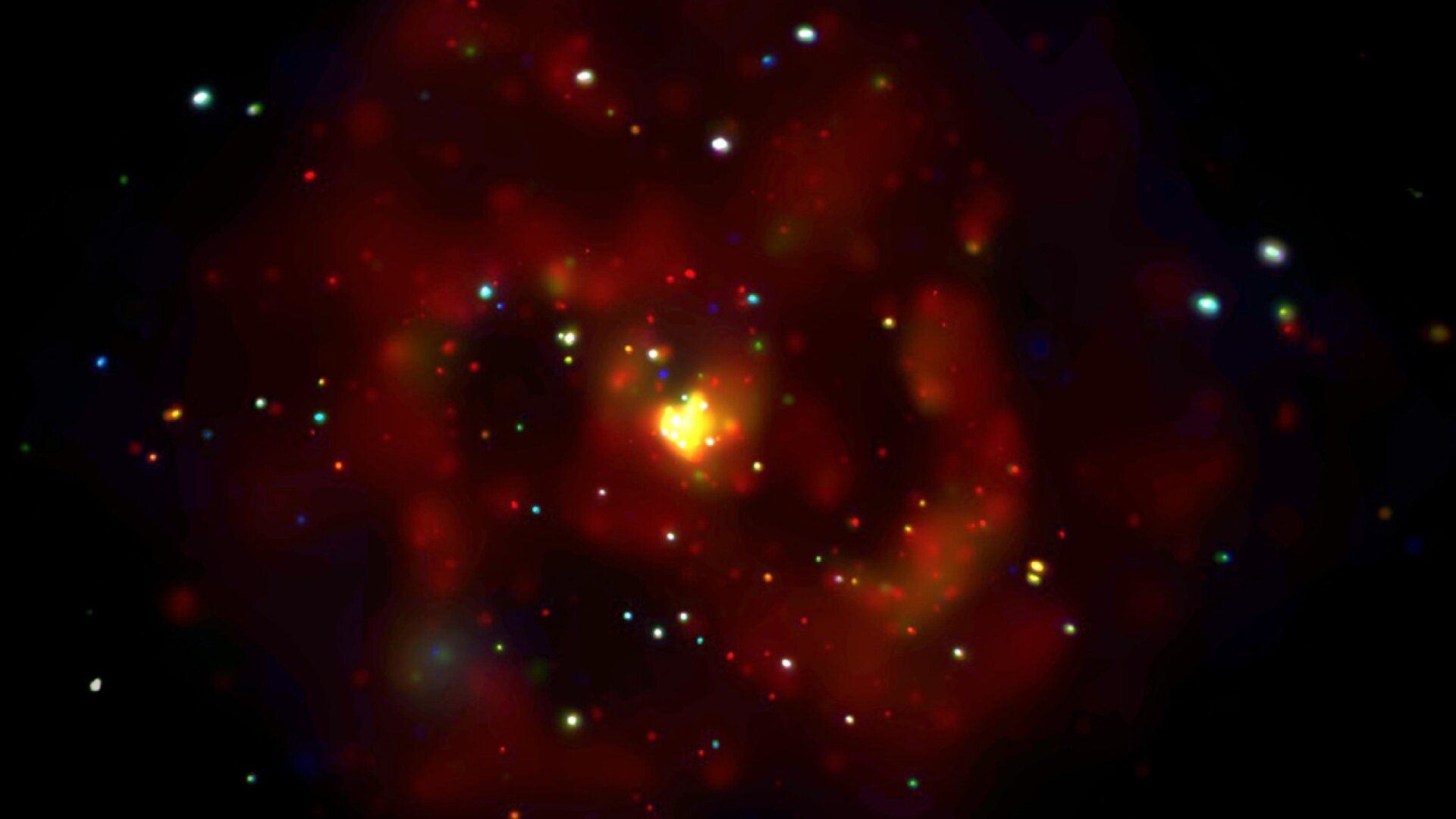The 2015 detection of gravitational waves from merging black holes revolutionized our understanding of these cosmic behemoths. Since then, numerous detections have provided further insights into these epic collisions. Now, astrophysicists analyzing this data propose a fascinating theory: supermassive black holes might be expanding along with the universe itself.
The universe’s expansion is accelerating, meaning galaxies are moving further apart due to the expansion of space itself. This expansion isn’t noticeable locally because gravity binds objects like our solar system. However, the redshift of light from distant galaxies demonstrates this accelerating expansion, often attributed to the mysterious force called dark energy.
A new research paper published in the Astrophysical Journal Letters suggests this universal expansion may influence the size of certain objects, specifically supermassive black holes. These black holes, possessing immense mass and incredibly long lifespans, could be affected by this expansion, potentially growing alongside the universe, unlike gravitationally bound objects like Earth or the Sun.
The 2015 gravitational wave detection, made by the LIGO-Virgo collaboration, offered a glimpse into the final moments of a black hole merger. The researchers behind the new study examined similar black holes and modeled their size in relation to the universe’s expansion.
“In any individual merger, LIGO—Virgo sees something like the last 10 seconds of an exciting trailer for a new series. Our proposed model describes the entire story arc of the full series, placing the clips used to make the trailer into context,” explained Duncan Farrah, an astrophysicist at the University of Hawai’i at Mānoa.
The team’s model suggests that black holes grow as they spiral towards each other, a growth influenced by the universe’s expansion. This expansion would also affect solitary black holes, although mergers provide the observable evidence through gravitational wave detections. The black holes at the centers of galaxies would also expand in tandem with the universe.
Kevin Croker, another astrophysicist at the University of Hawai’i at Mānoa and a co-author of the paper, explained: “We have proposed that the mass of any black hole is proportional to the size of the universe, raised to some exponent. This exponent gives the ‘strength’ of the coupling. In any expanding universe, all black hole masses will grow in this way. If the expansion of the universe is accelerating, the black hole masses will grow faster and faster. So it’s not the acceleration of the expansion that causes the growth, just the expansion itself.”
Traditional black hole models assume a static universe, allowing calculations of properties like mass without considering the universe’s expansion.
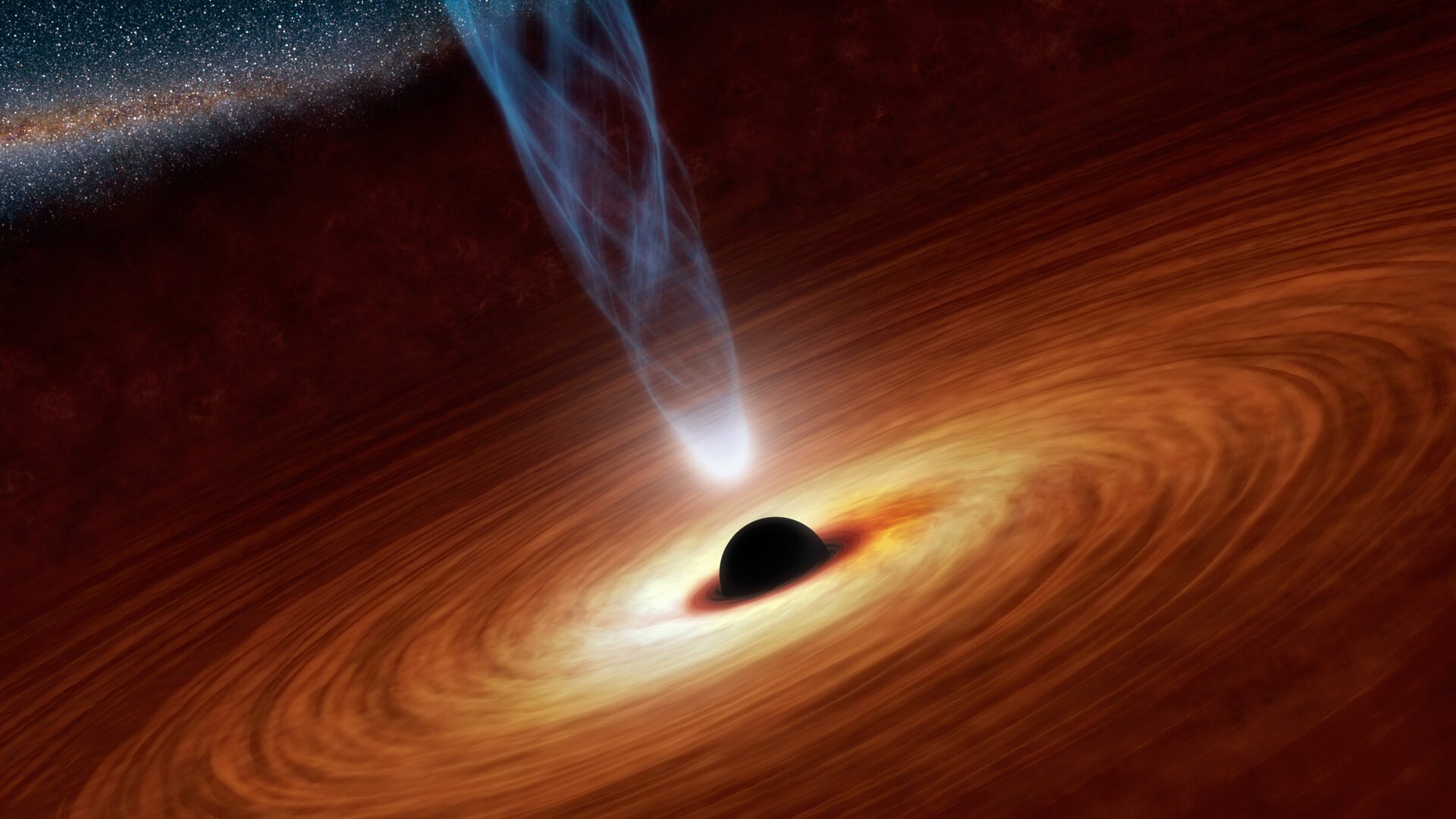 An artist’s concept of a supermassive black hole, surrounded by a swirling accretion disk, and emitting a powerful jet of particles.
An artist’s concept of a supermassive black hole, surrounded by a swirling accretion disk, and emitting a powerful jet of particles.
Black holes, formed from the collapse of massive stars, are the densest known objects in the universe. Their mutual gravitational attraction can lead to mergers over vast timescales, sometimes spanning billions of years. The universe was significantly smaller when these black holes initially formed compared to its size at the time of their eventual collision. Michael Zevin, an astrophysicist at the University of Chicago, a NASA Hubble Fellow, and a co-author of the study, points out that the masses involved in a merger depend on their initial size, orbital characteristics, and age.
While this remains a hypothesis, the concept of cosmological coupling, where an object’s properties are linked to cosmic properties, isn’t unprecedented. Photons, for instance, exhibit a reverse coupling: their energy decreases as the universe expands due to wavelength stretching.
 The concept of cosmological coupling suggests a connection between the properties of objects like black holes and the expanding universe.
The concept of cosmological coupling suggests a connection between the properties of objects like black holes and the expanding universe.
Intriguingly, this coupling might not be exclusive to black holes and photons. Gregory Tarlé, an astrophysicist at the University of Michigan and a co-author, suggests that ordinary matter, like our bodies or the Sun’s core, might also exhibit this coupling, albeit extremely weakly. “It would seem that the effect only becomes observable in the most extreme environments in our universe: black holes and, possibly, neutron stars,” Tarlé explained.
This theory awaits further validation. Future gravitational wave detectors and advanced telescopes promise more precise location and observation of these cosmic events, potentially revealing more about black hole mergers and their connection to the expanding universe. Perhaps we are on the cusp of a new era in understanding the cosmos.



